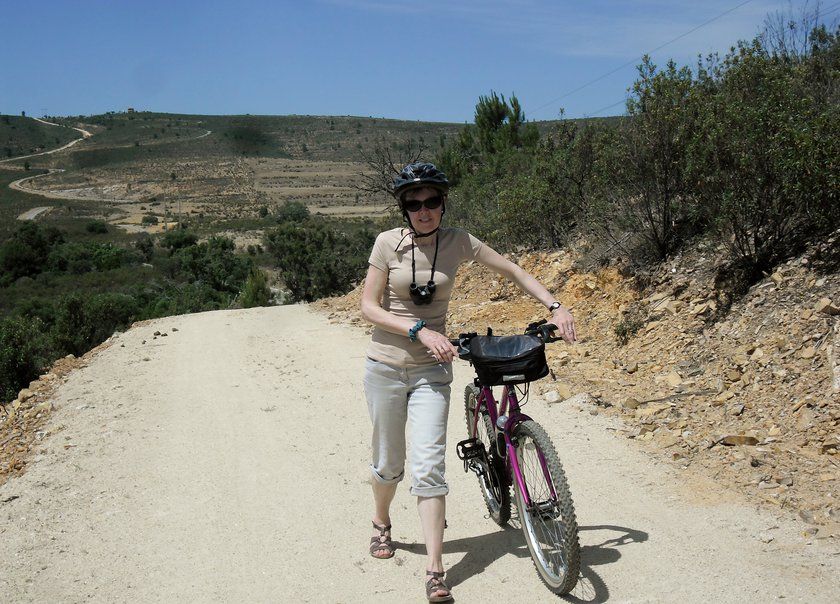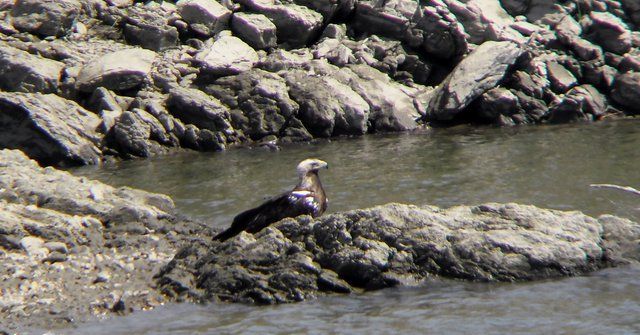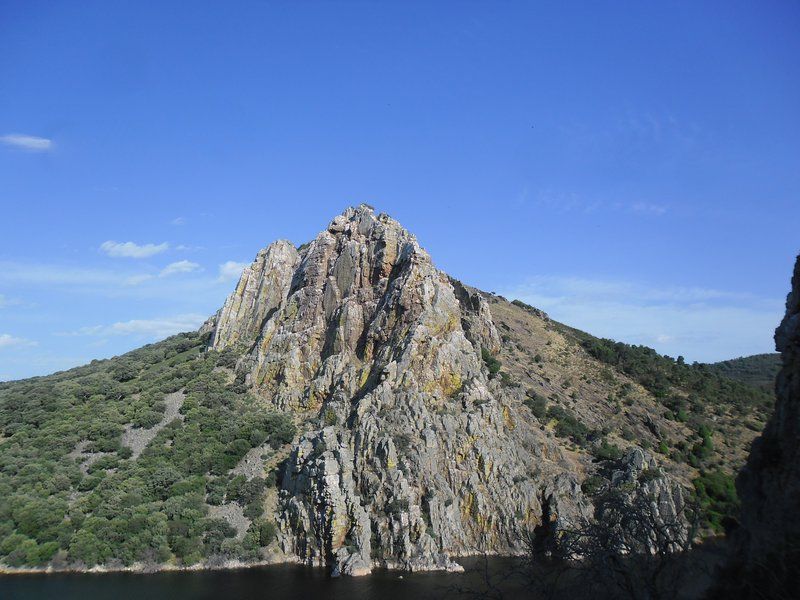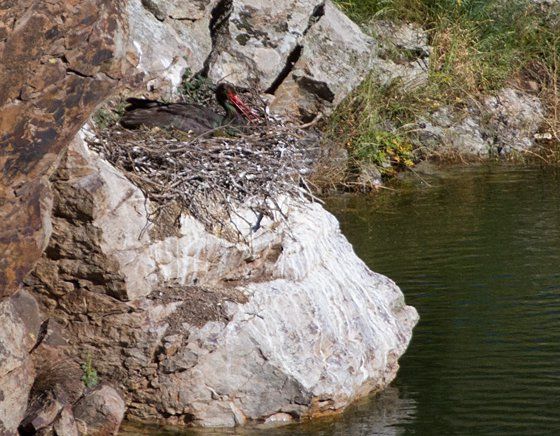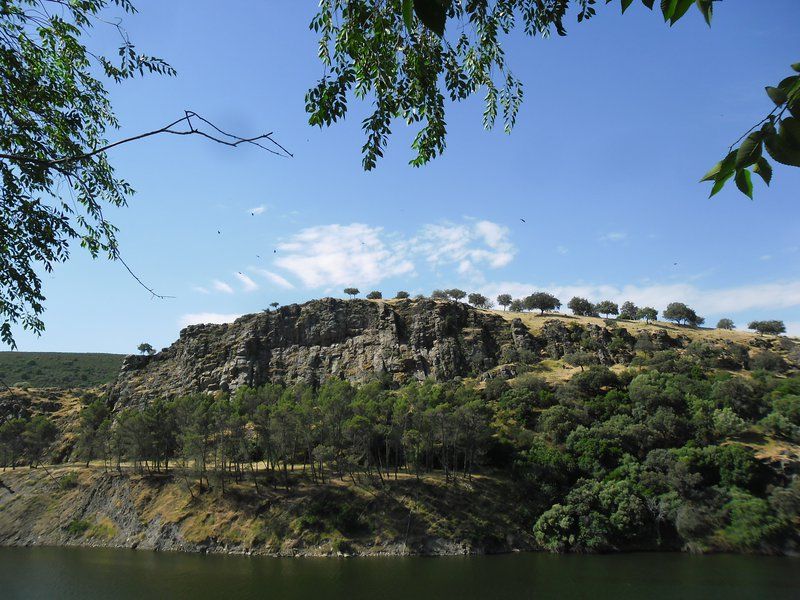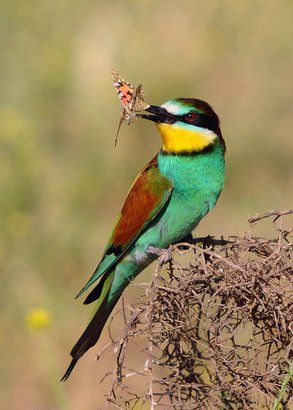Motorhometrips
with tips for cycling & hiking
Monfrague National Park
When we arrived here we thought we had died and gone to heaven and that was not the campsite, though to be fair that was not bad at all. There is only so much time that you can spend, never mind how beautiful they are, exploring city centres.
The campsite is situated just outside of the Monfrague National Park, near Plasencia in the Extramadura and is a haven for birdlife.
On the first day of two we cycled into the park, which is about 6 miles from the campsite. Along this road you can witness the typical vegetation of the Extremadura, which, are wooded with holm oaks and cork oaks, a type of landscape called dehesa.
When you reach the park you can explore off road but the road into the park is not busy and initially flat, though later on there are some inclines to tackle. That was our taster as black kites circled within touching distance and griffon vultures overhead.
The next day, we had booked the previous day, via the campsite, a half day guided tour of the park, which was 35 euros per person but was the best 70 euros we have ever spent. (cash preferred as you pay the tour guide directly)
He firstly apologised that we were the only people on the tour, what a shame! and then for the next 4 hours took us around the park to see the most amazing wildlife: griffon vultures in abundance, the rarer black vulture, Egyptian vulture, the rare black stork, blue rock thrush to name a few and to cap it all the Spanish Imperial Eagle. In fact the only bird that escaped us and not for want of trying was the rare black winged kite.
The nest of the Imperial Eagle was above the river Tietar and initially all we had was the occasional glimpse of the chick then the adult bird, with its diagnostic white wing bars visited the nest, then obligingly, after soaring above the river, dropped down onto rocks by the river, sheer bliss.
The only habitation in the park is Villarreal de San Carlos and it is here that many walks start and where you can pick up information about the Park. There is an ample car park and it is large enough to accommodate motor homes. There is also a small exhibition area. There are also some examples of more traditional buildings, The roads can be narrow in places but there is hardly any traffic and certainly for smaller units it would be possible to do a self guided tour.
If you stop at the main sites, such as the Salto del Gitano and La Tajadilla, there is parking available and there will be birders around, who will be more than willing to share their knowledge with you. Do not confuse birders with twitchers, the latter are those nutters or should I say enthusiasts, who rush around the country ticking off sightings,there main objective is to see as many rare birds as possible.
Salto del Gitano overlooking the river Tajo, where there were Griffon Vultures galore and a Black Stork nest.
Griffon Vultures at Salto del Gitano
Black Stork courtesy John Boyd Copyright http://jboyd.net/.
La Tajadilla - on the ledge on the right was a whole flock of Griffon Vultures as well as a fantastic view
The campsite is of a good quality with shaded pitches, good clean sanitation facilities and a motor home service point. There is a bar and restaurant but I would not rush to the latter.
It accepts both camping cheques and ACSI though on my visit, they couldn’t accept the camping cheques and charged me in sterling, which you should always be aware of, as this is more expensive than paying in euros.
http://campingmonfrague.es/
If you walk outside of the campsite, turn left, cross the road and follow the path for a few hundred metres, you will be in for another treat, as here you will see a colony of beeeaters. The iridescence of their colours is fully appreciated in flight, as they gracefully dart across the country, but you can also see them perched on fenceposts, wires or treetops.
Beeeater Image courtesy Dûrzan cîrano

